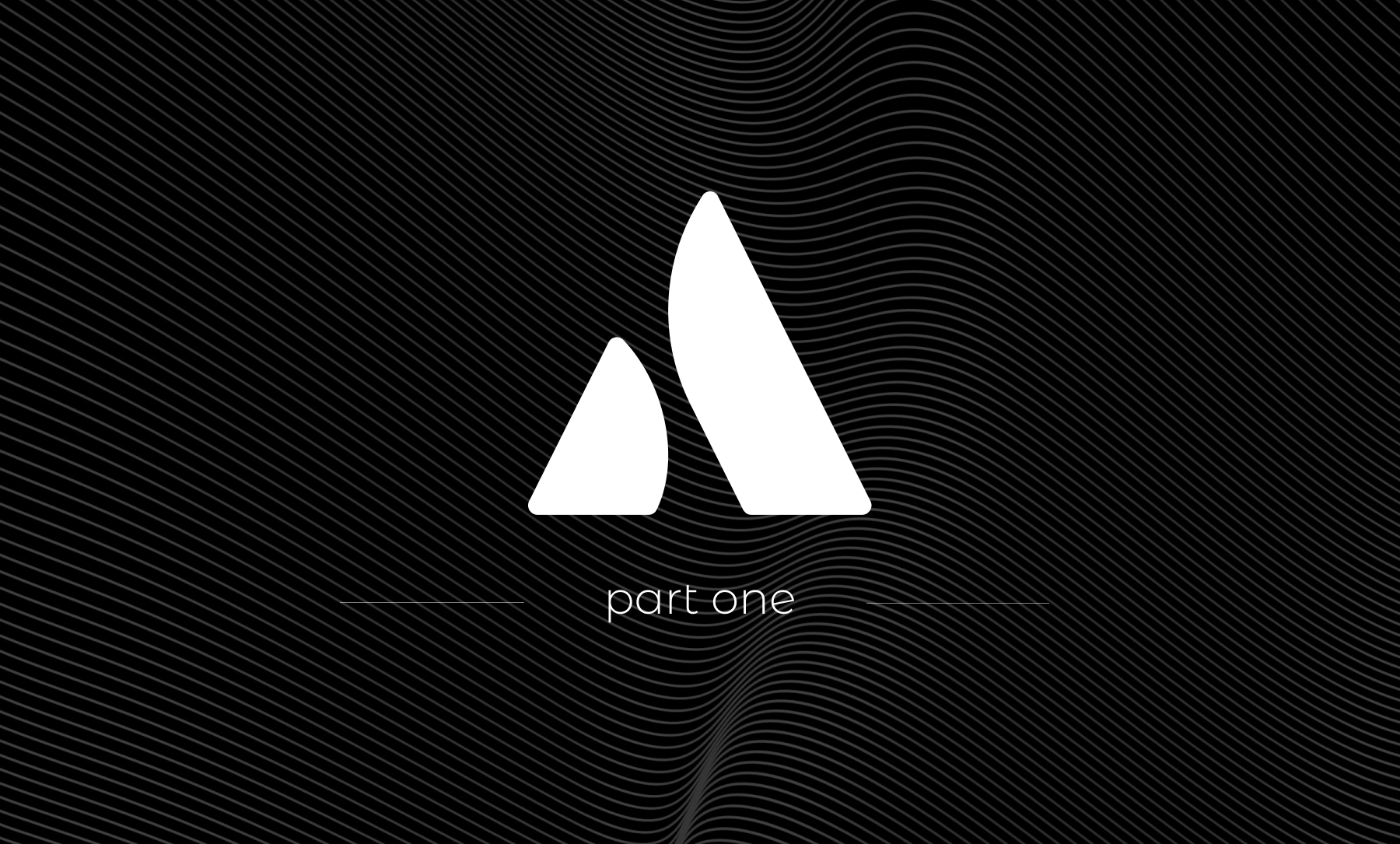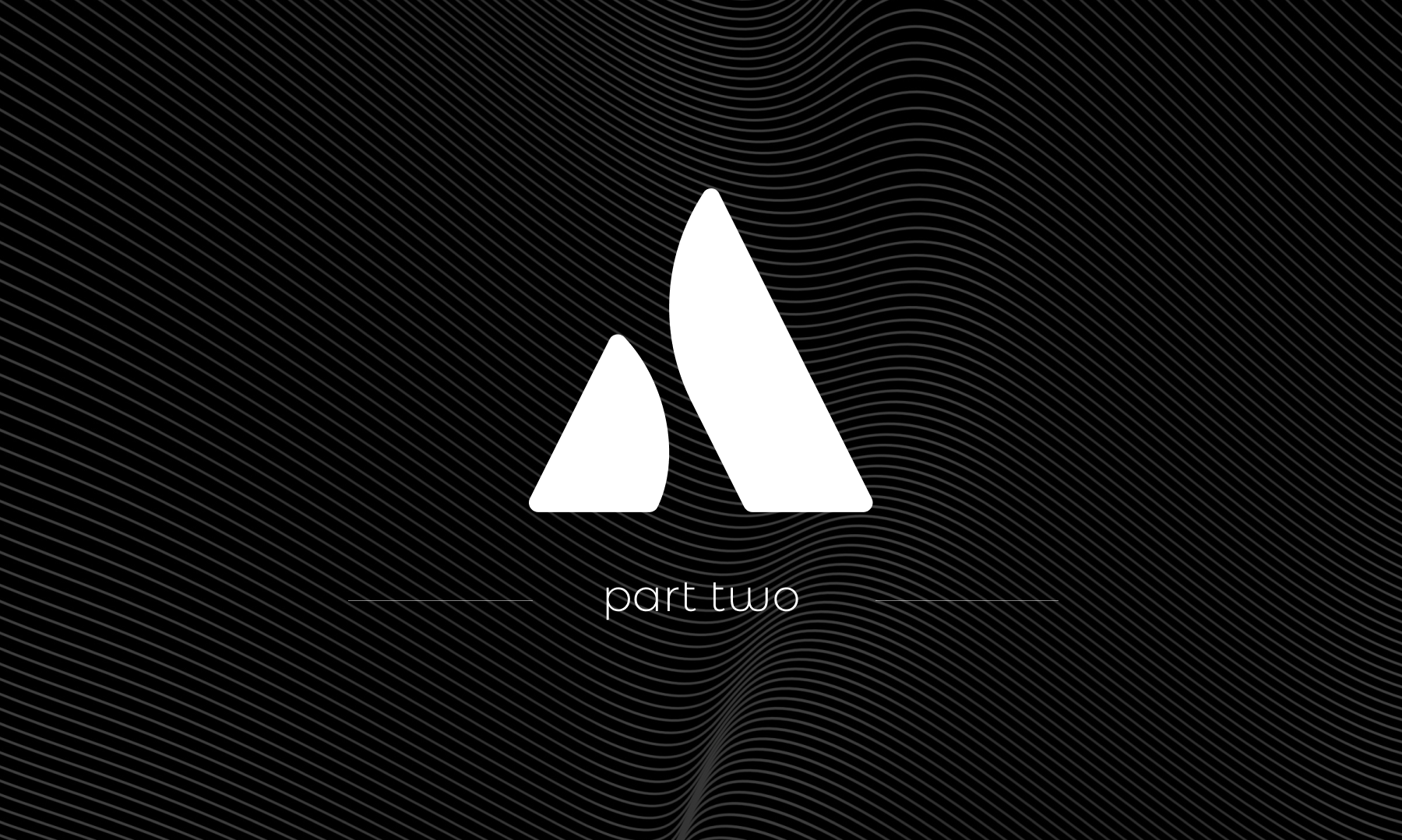Atlassian is retiring Data Center – what does it mean and what are your options?
30 September 2025
Atlassian has officially announced the end of life (EOL) for Data Center, with a full phase-out by March 30, 2029. This is a significant moment for enterprises still running Jira, Confluence and other Atlassian applications on Data Center.
While many Atlassian customers have already moved or are in the process of moving to Cloud, this decision forces the remaining organisations to decide what’s next.

Why is Atlassian ending Data Center?
Atlassian’s move is part of a clear strategy of focusing attention on the Cloud and AI to enable innovation with the aim of increasing customer productivity. By ending Data Center, Atlassian feel that they can better serve the needs of their customers to:
Deliver faster innovation and reduce costs
Enable scalability and resilience beyond on-premise or hosted solutions
Guarantee enterprise-grade security and compliance across global standards
Embed AI directly into workflows to empower teams and increase productivity
But what does this mean for your business? In practice, you face three choices:
1. Move to Atlassian Cloud
For many, this will be the most natural choice. Having bet the farm that the future of work is cloud-based and AI-assisted, Atlassian has pulled out the stops to make its cloud offering as compelling as possible. From automatic scaling and predictable costs to improved security and embedded AI, the cloud will be seen as a serious upgrade for many.
But the transition isn’t without challenges. Many organisations chose DC for a reason, be it cost control, data sovereignty or the ability to make deep customisations. For some, any drop in functionality or loss of sovereignty will be enough to rule out any move to the cloud, no matter how compelling the offering.
2. Move to a competitor platform
Forced change is not always a bad thing.
If your organisation has been "making do" with Atlassian DC but had previously decided against switching to something better suited to its needs, either because it was deemed too costly or disruptive, then now is the time to reconsider. However, even if the switch is incentivised by a competitor, the decision is still not that simple:
Maturity: Atlassian products are feature-rich and mature, and their popularity is no accident. If your teams rely heavily on the breadth of Atlassian’s functionality, finding a truly equivalent competitor may prove difficult.
Complexity: If you only use a subset of features, that unused complexity may actually be slowing users down and hurting customer experience. In that case, a simpler alternative might be a better fit, but you still have the issue of finding a product that overlaps with your precise needs.
Tailored: Many organisations depend heavily on Marketplace and in-house apps to customise their product experience. Do competitor products offer the same level of ecosystem depth?
Hosted: If self-hosting is a requirement for your business, then you need to ask: do competitor platforms even support this? Most tend to be fully SaaS.
While switching to a competitor is an option, it requires a clear review of your exact needs and potentially some tough business decisions about which features you are willing to trade.
3. Build your own replacement
At its core, Jira is a workflow engine with issue tracking. It's feature rich but not inherently complex. The reason it feels complex is its need to serve everyone, leaving it bloated with possibilities that are rarely used.
Building a bespoke, simplified Jira-like tool could be a viable option if it allows you to strip away that unnecessary complexity and tailor a solution precisely to your business needs. In doing so, you can craft workflows in software that reflect how your teams actually work, enabling them to deliver better customer experiences and improved operational efficiency.
A bespoke solution, optimised for you and your customers, could unlock gains that generic, one-size-fits-all software cannot deliver - provided you have the right strategy, expertise and support in place.
That said, taking this path is not a decision to be taken lightly. It will ultimately depend on costs and return on investment:
Cost: How much is hosting and licensing going to cost you over the next 3-5 years? And how does this compare with the cost to build and maintain a new system? This goes beyond dollars and cents. It may require bringing your people on a journey of transformation.
ROI: Are your current processes constrained by the available technology choices? Or, can you rationalise existing workflows, resolve issues more effectively and use your data better to deliver improved outcomes for your customers and reduce operational costs?
Key dates to keep in mind
Atlassian has provided a 3½ year timeline to get off Data Center. It won’t be long coming round - if you’re running Data Center products, you must start planning ahead now.
March 30, 2026 – End of sales for new Data Center licenses and marketplace apps (new customers).
March 30, 2028 – End of new license purchases renewals, and marketplace apps for existing customers.
March 30, 2029 – Final end-of-life: licenses expire, products move into read-only mode, and marketplace apps stop working.
Simply put, you need to be off Data Center by March 30th, 2029.
What does this mean for you?
One way or another, Atlassian’s decision means you must take action soon, certainly well before the cut-off date.
You have 3 clear choices, but which one is right for you will depend on:
Your reliance on Marketplace (and in-house) apps and their availability and efficacy in Cloud
Your desire to build a better, more tailored solution for your users
Your willingness to remain in the Atlassian ecosystem
Your budget and business strategy
Your data residency, security and compliance requirements
Assessing your options? We can help
The end of Atlassian Data Center marks a turning point. Whether you choose to migrate to Atlassian Cloud, move to a competitor platform, or build a bespoke replacement, the decision will shape how your teams work and how you serve your customers for years to come. What's clear is that standing still is not an option - you need to act well before 2029.
If you’re assessing your options, we can help. With deep product engineering expertise and years of experience partnering with Atlassian, working on the internals of the Data Center ecosystem, we understand the challenges of workflow systems and the opportunities in rethinking them. If you feel the time has come to build a solution better aligned to your business needs, we can partner with you to chart the right path forward.

Tara Simpson
Founder / CTO


